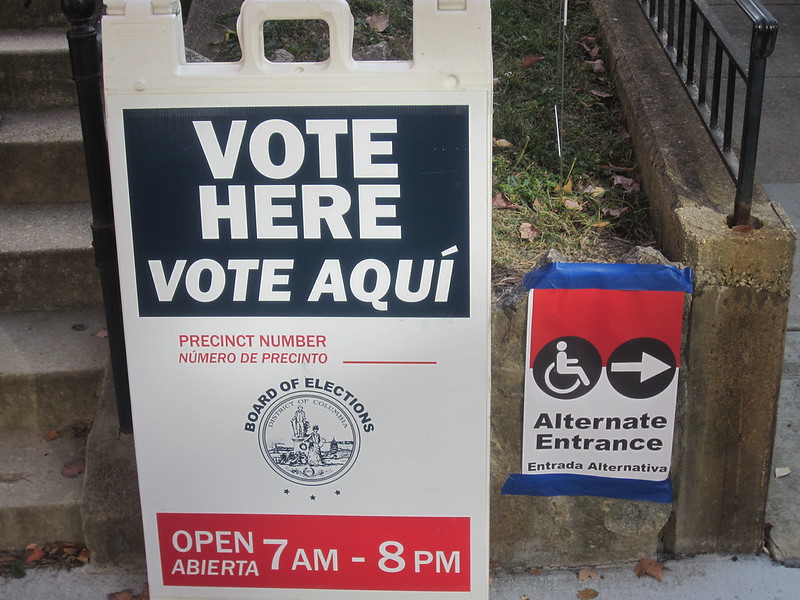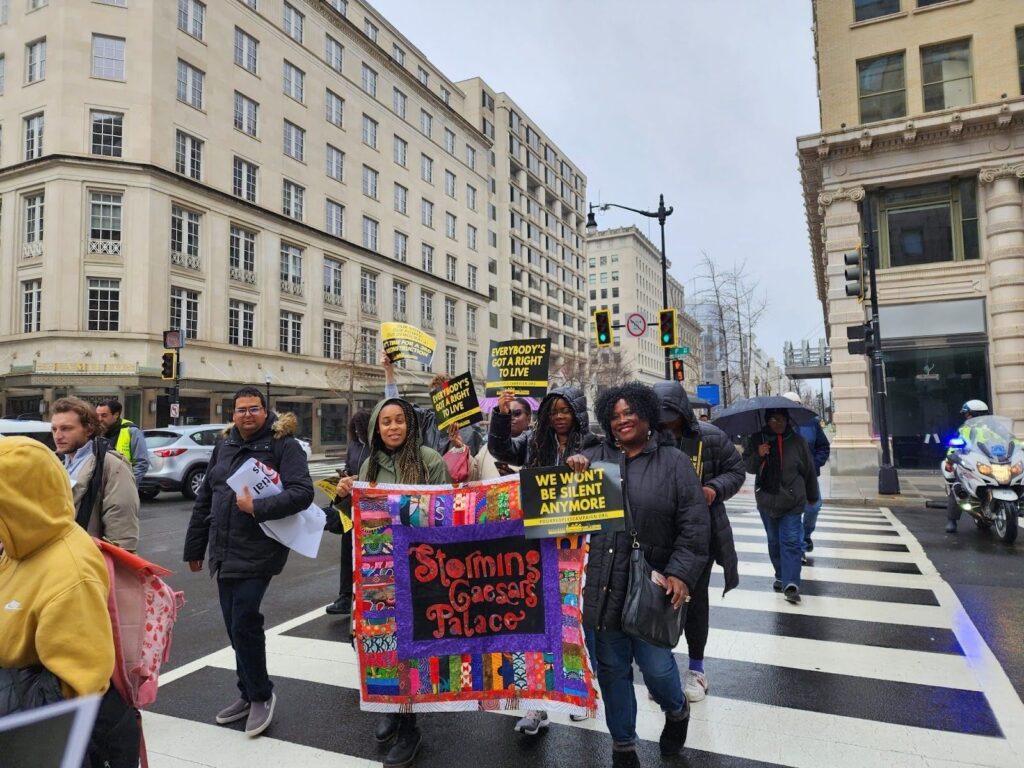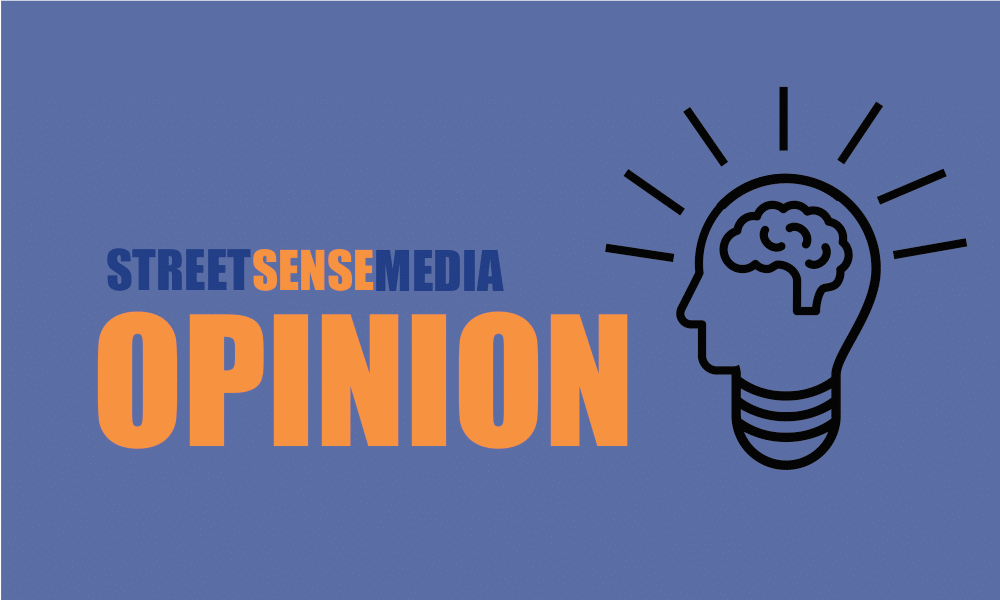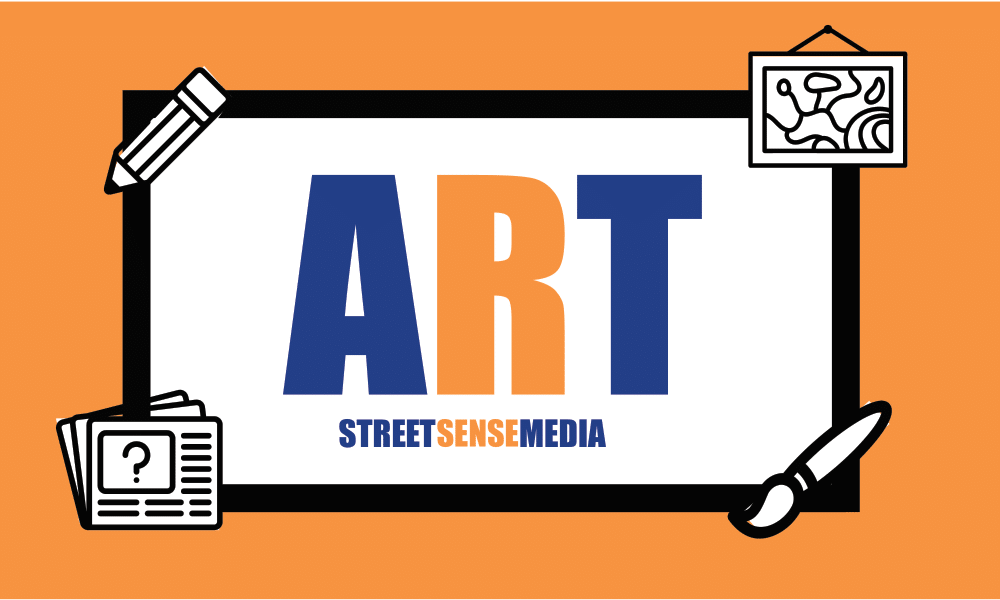Many U.S. citizens experiencing homelessness are at risk for disenfranchisement during the 2020 election, according to research conducted by two University of Southern California graduate students, presenting a barrier for them to engage in democracy and escape poverty. “Affordable homes are built with ballots every bit as much as they are built with bricks and drywall,” according to the National Low-Income Housing Coalition’s get-out-the-vote initiative. The U.S. Department of Housing and Urban development recorded nearly 1.1 million adults using homeless shelters throughout 2017 — the last year a year-long count was published for — and estimated there were at least 181,335 unsheltered people over the age of 18 on a single night that same year.
We designed a research project to analyze existing circumstances, identify common barriers homeless citizens experience while voting, and uncover industry best practices to overcome such barriers. The research team conducted a comprehensive literature review of hundreds of journal articles on the topic to-date and semi-structured interviews with 11 social service industry and government stakeholders.
Key findings
The literature review provided ample documentation of homeless citizens’ common registration and voting challenges, such as obtaining voter identification and complying with residency and mail address requirements. Homeless citizens are also often purged from registration lists, face felony disenfranchisement, criminalization, and incompetence laws that strip mentally ill people of their right to vote.
The stakeholder interviews revealed how homeless citizens grapple with barriers that are atypical to non-homeless citizens. Homeless voters are sometimes misinformed or confused about registration and voting rules, lack political representation or transportation, and share feelings of inferiority and doubt in the election process. The stakeholder interviews also showed how social service organizations help homeless citizens overcome barriers to registration and voting by collaborating with other organizations, utilizing technology, and providing their clients with a mail address or transportation to the polls.
[Read more: Pathways DC is working to re-enfranchise voters experiencing homelessness]
Finally, the research team analyzed 13 homeless registration and voting barriers in 16 states with large homeless populations. To determine the effect registration and voting barriers had on voter participation, the researchers compared the barriers included in each state’s score on the Cost of Voting Index with U.S. Census data on voting and registration rates for each state in the 2016 presidential election. The index was developed by political scientists Quan Li, Michael Pomante and Scot Schraufnagel in 2018 to quantify the time and effort required to vote in America.
High barriers to registration and voting resulted in low voter turnout in nearly all 16 states. The research team assigned the states letter grades from A to F and created a voter turnout improvement plan for the bottom five states that received Ds or Fs. The team also recommended 20 best practices to social service organizations and municipal governments, state legislatures, and the U.S. Congress to improve the registration and voting process.
The national right to vote, regardless of housing status
Disenfranchising someone because they are homeless is a violation of the Equal Protection clause under the Fourteenth Amendment, according to precedent set by a 1984 U.S. District Court decision, Pitts v. Black. But homeless citizens still face disenfranchisement because of the imperfections and contradictions of political structures in the U.S., which contribute to homeless citizens’ non-participation in elections.
The environment for voting rights in general is becoming more hostile. Several states have enacted laws to suppress citizens’ right to vote over the last decade, and the U.S. Supreme Court struck down key provisions of the 1965 Voting Rights Act in the 2013 Shelby County v. Holder case, which encouraged state legislatures to further restrict voting and registration laws.
Congressional action on rights for all voters has produced mixed results for people experiencing homelessness. The National Voter Registration Act of 1993 eased the registration process for all citizens. However, 11 years later, the Help America Vote Act (HAVA), which was designed in response to voting complications in the 2000 presidential election, established minimum national standards for all states and tightened many restrictions. HAVA required first-time registered mail voters to confirm their name and address on government-issued photo identification, check, utility bill, bank statement, or paycheck.

After HAVA, 24 state legislatures enacted strict, highly partisan voter identification laws. However, it is extremely difficult for people navigating homelessness to safeguard vital records and other personal identification documentation. And just as difficult to obtain such records without possessing related documents, especially in the wake of the Sept. 11, 2001 terror attacks. A National Homelessness Law Center survey of more than 50 service providers across 16 states found that more than 10% of clients lacked a photo ID. Such laws alsot latently harmed African Americans (who make up 13.4% of the overall population but more than 40% of the homeless population in the U.S.), according to journal article published by the American Political Science Association.
Barriers for the homeless community
Local elites maintain power and control over society by constraining homeless citizens’ ability to vote in a variety of ways, which in turn reduces the homeless’ political power, voter participation, and ability to escape poverty, according to an article published in the Journal of Social Distress and Homelessness last year.
A majority of government and social service sector stakeholders interviewed by this research team, 54.5%, confirmed misinformation and miscommunication were the most common barrier to homeless voting. Misinformation and miscommunication are common barriers across the social service sector. Some homeless citizens, for instance, mistakenly assume they cannot register or vote without an address. The National Coalition for the Homeless asserts in its voter registration manual that many people experiencing homelessness are unaware they can vote. And many others have previously been “given misinformation about their rights as voters,” according to the National Low Income Housing Coalition’s voter-engagement guide.
[Read more: Advocates warn most homeless people in DC will be left out of the 2020 primary election]
In many states, people with felony convictions are barred from voting. In addition to confusion caused by the inconsistency of this ban from state-to-state, such laws can easily be falsely assumed to apply more broadly to those who have been incarcerated. People experiencing homelessness in the U.S. have high incarceration rates. Forty percent of all homeless people who entered a shelter in 2013 “came from a correctional facility,” according to the U.S. Department of Housing and Urban Development and many U.S. cities have criminalized life-sustaining activities over the last decade, such as sleeping, sitting, lying down in public, and sleeping in vehicles.People experiencing homelessness in the U.S. also have high rates of mental illness and 39 states plus the District of Columbia allow judges to disenfranchise mentally ill people via “incompetence laws.”
Additionally, 39 states as well as D.C. purge voters from voter registration lists, another practice that adversely affects Black Americans.
State-specific barriers not exclusive to the homeless community
The research team analyzed 13 registration and voting requirements in 16 states which create barriers for homeless citizens. The 16 states represent more than 400,000 people experiencing homelessness, or about 70% of the U.S. homeless population. Together, this set of states includes relatively even representation of majority-Democrat (6), majority-Republican (5), and “battleground” concentrations of voters. The research team deducted one point for each homeless registration or voting barrier, totaled the score, and assigned grades to the states based on the total score.
Colorado and California received A-s for their minimal voter purging, losing points for some of their cities’ forced relocation of homeless citizens, which created barriers for homeless citizens to vote and register.
Oregon, Pennsylvania, North Carolina, and Washington received Bs for their low barriers to homeless registration and voting. These four states purge voters from registration lists, and cities forcibly move homeless citizens, which are barriers to homeless voting and registration. Furthermore, these states require voters to register to vote 27-30 days before the election, and citizens must live in these states for at least 30 days, have a fixed address, and have identification to vote absentee.
Delaware, New Jersey, New York, Ohio, and Georgia received Cs for their moderate barriers to homeless registration and voting. These five states purge voters from registration lists, require identification, have registration deadlines 24-30 days before the election, disenfranchise freed convicts, and require both a fixed address and 30-day in-state residency. These states also ban anyone from helping a citizen register to vote, and each has at least one city that forcibly moves homeless people, which are significant barriers to homeless registration and voting.
Missouri, Tennessee, and Florida received Ds for their high barriers to homeless registration and voting. These three states purge voters from registration lists, require citizens to live within a certain proximity of a polling place, require a fixed address, and have a 28-day in-state residency requirement. These states also have strict identification requirements, registration deadlines 7-30 days before the election, disenfranchise freed convicts, has at least one city that forcibly moves homeless citizens, and ban anyone from helping a citizen register, which create high barriers to homeless registration and voting.
Arizona and Texas received Fs for their high barriers to homeless registration and voting. These states purge voters from registration lists, have at least one city that forcibly moves homeless citizens, require a fixed address, and have an in-state residency requirement of one-six months. These states also have strict identification requirements and 30-day registration deadlines before the election, disenfranchise freed convicts, restrict absentee ballot age, and ban people from helping citizens register to vote.
All of the D and F states purged voters from registration lists and had strict voter identification laws, and four of the five required a fixed address and had a 30-day registration deadline before the election. The researchers then compared the state grades for homeless voters to the general Cost of Voting Index (COVI) and to Census records of the 2016 presidential election voting and registration rate for each state.
In general, the grades matched the COVI and the state voting and registration rate in the 2016 presidential election. States with low homeless registration and voting barriers had low COVI scores and had high voter turnout, and states with high barriers to homeless registration and voting had high COVI scores and low voter turnout. California and Missouri were exceptions. California had low barriers to homeless voting and registration, low Cost of Voting Index scores, but voter participation is relatively low. The opposite is true in Missouri. Missouri had high barriers to homeless voting and registration, high COVI scores, and yet had relatively high voter participation.
Recommendations:
How to empower homeless citizens to vote
The research team identified 11 best practices to overcome barriers to homeless voting in the interviews with government and social service sector stakeholders. Each interview-respondent said collaborating with other institutions or organizations was essential to overcoming barriers to homeless voting.
Some organizations and government groups already incorporate this best practice. The National Coalition for the Homeless collaborates with national voter advocacy groups to hold the National Homeless and Low Income Voter Registration Drive, to “encourage greater voter participation among low income and homeless citizens.” And the federal government uses its strong central organization collaboration structure to coordinate social service organizations to work together.
Social Service Organizations:
These five primary recommendations are affordable, effective, feasible, efficient, and acceptable.
- Collaborating with other organizations increases access to scarce resources. Working together is free, and helps social service organizations coordinate services such as registration, voting, and transportation services for homeless citizens.
- Utilizing technology helps social service providers effectively communicate with homeless voters and solve misinformation and miscommunication problems.
- Providing a mail address service. A mail address will help homeless voters receive mail ballots and vote by mail. The mail address service eliminates the lack of mail address problem, which is a barrier to registering to vote.
- Providing homeless voters with transportation to the polls is efficient, given public transportation or rideshare services will solve the limited mobility and disability barrier, so many homeless voters have.
- Finally, running voter registration drives increases registration numbers and voter participation.
The research team developed five secondary recommendations to help social service organizations build long-term, sustainable capacity for homeless citizens.
- Providing storage to homeless citizens will ensure they have a secure place to keep their belongings and personal documents.
- Pledging to register and vote and using direct communication such as phone calls, emails, or text messages allows social service organizations to engage with homeless citizens about their registration and voting struggles and overcome them.
- Attending “Stand Down” events helps social service organizations serve homeless veterans. Veterans can obtain identification necessary to register and vote at Stand Downs as well as valuable resources and referrals.
- Utilizing trained volunteers helps social service organizations communicate accurate information to their clients and get them to the polls.
- Finally, counting homeless voter turnout will provide researchers with information to study homeless voter patterns and make policy recommendations to legislators.
The research team also made 10 policy recommendations for municipal, state, and national legislators.
Municipal Governments:
- Provide free public transportation on Election Day.
- Decriminalize homelessness.
State Legislatures or Secretaries of State:
- Reduce the cost of voting with Election Day / Same Day Registration (EDR / SDR) at polling places.
- Allow online voter registration (OVR), and establish vote centers / countrywide polling places.
- Eliminate or reduce absentee voting requirements.
- Allow early voting, automatically register eligible state residents to vote, repeal voting restrictions on citizens with felony convictions and cognitive disabilities, and require only a signature to register and vote.
- Repeal registered citizen purging laws.
U.S. Congress:
- Require employers to provide eight hours of paid voting leave per year to workers so they can vote without losing income.
- Amend the 1987 McKinney-Vento Act to include direct support for homeless voting.
- Provide greater funding to states for mental health services.
Kristian Berhost is a Bethesda, Maryland resident and online student at the University of Southern California. He co-designed the research project discussed in this article with Robert Nordahl, a Ventura, California resident and student at USC. Kristian and Robert are part of the Masters of Public Administration program at USC’s Sol Price School for Public Policy.








